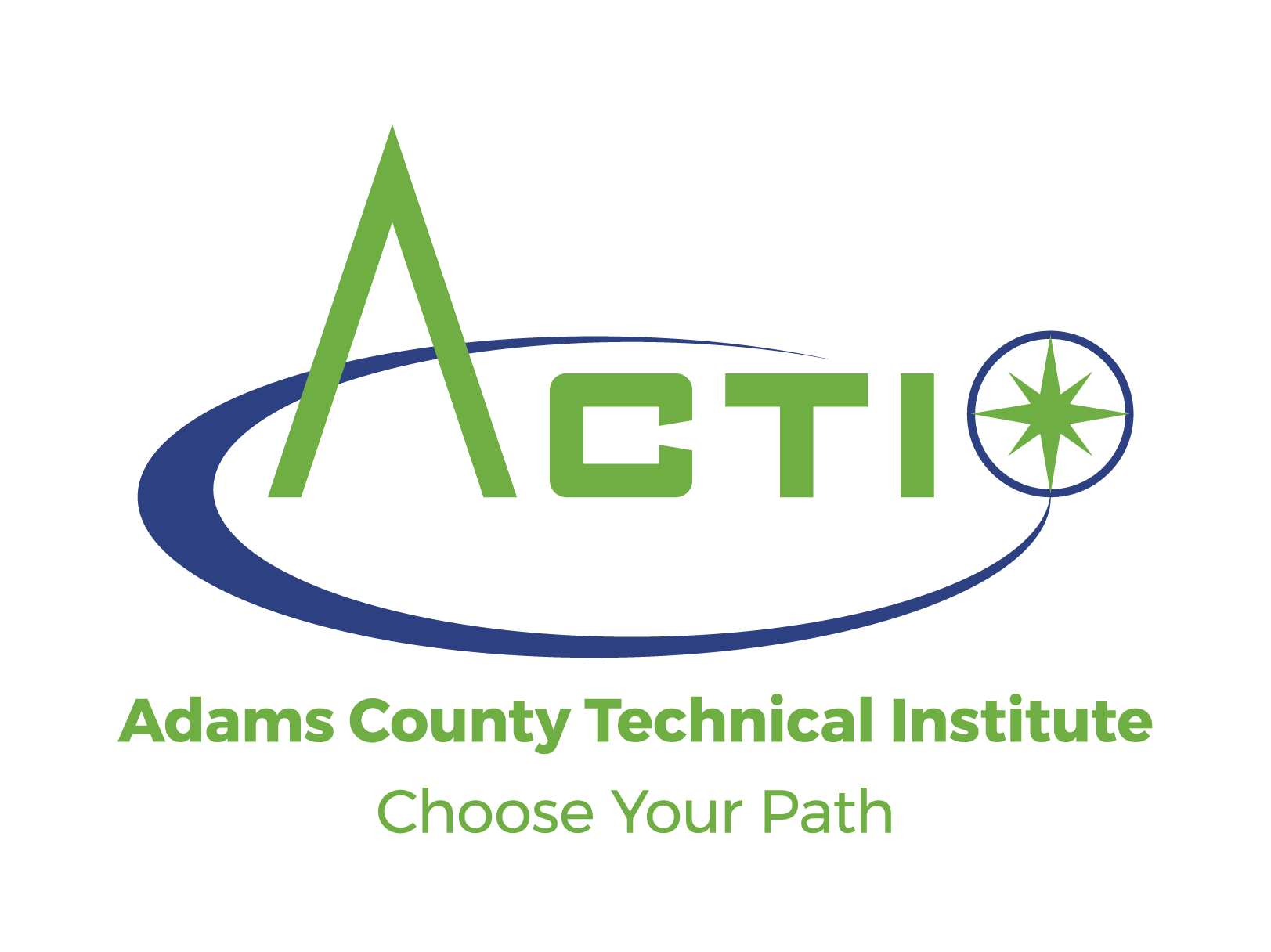Computer Networking
The systems that run and enable our modern lifestyle—streaming, social media, AI search engines, VR and MP gaming—all depend on computer hardware and network devices. This is what our Computer Networking program is all about. The same devices that remain a mystery to most are what students in this program learn to understand and manipulate.
We prepare students to enter the computer networking field as a level I support technician. By using the CompTIA A+ and Network+ certifications as a guide, we provide a broad foundation which students can build upon to enter a career in the IT field. The entire program of study is a parade of topics that build upon one another. What is covered on the first day is needed to complete the last day.
Industry Certifications
CompTIA IT Fundamentals
CompTIA A+
Required Student Purchases
Computer Networking students are required to purchase and wear ACTI polo shirts (we recommend that you purchase 3); provide their own flash drive; and purchase a small set of tools (contact Mr. Kosman for recommendations).
Altogether, these items should cost about $105.
Financial aid is available if you need it . Check our EITC page or contact us.
Postsecondary Connections
College in the High School/Dual Enrollment
Harrisburg Area Community College
- CNT120 Network Communications Technology 1 – Seniors, Fall Semester – 3 credits
Pennsylvania College of Technology
- EET145 Networking 1 – 4 credits
Statewide Articulation Agreement – SOAR
- Details at collegetransfer.net
- Step 1: Select Program of Study – select Computer Systems Networking and Telecommunications 11.0901
- Step2: Select Your Graduation Year – choose your graduation year
- Click Search
Instructor:
Stephen J. Kosman
Office: 717-398-3178 Ext. 301
Adams County Technical Institute
1126 Old Harrisburg Road
Gettysburg, PA 17325
Computer Networking at ACTI
Learn how ACTI’s Computer Networking program gives students the skills and knowledge to successfully enter the computer networking field.

Units of Study
Junior Year
- Workspace knowledge and safety
- ESD Procedures
- Storage and disposal of materials
- SDS
- Fire and fire extinguishers
- Tools and Equipment
- PPE (102)
- Hardware/hand tools
- Network testing
- Multimeters
- Hardware specifications
- Cases
- Processor
- Memory
- Storage and storage media
- e. Graphics
- USB
- Peripherals/expansion slots
- NIC – wired and wireless
- PC Building
- Fasteners
- Power supplies
- System board
- CMOS
- Integrated / internal components
- Cable management
- I/O connections
- Displays
- BIOS\UEFI
- Installing an OS – Windows
- Configuring an OS
- Drivers
- Users
- SecPol (local)
- gpedit (local)
- msconfig
- Services
- Task manager
- Scheduled tasks
- Batch files
- Laptops
- Disassembly/reassembly
- Repair – Parts replacement
- Disk Partitions
- Secondary hard drive
- Dual Boot/multiple OS systems
- RAID arrays
- Troubleshooting Windows systems
- OSI – Introduction
- Layers 5-7
- Installing an OS – Linux
- Virtualization
- Windows VM
- Linux VM
- Host – VM shared resources
- Basic network infrastructure
- CAT5e cabling
- Patch cables
- Patch panels
- MDF/IDF/Demark
- Horizontal runs/vertical runs
- Switches/routers – definitions
- IPv4 introduction
- Classfull addresses
- Subnet mask
- Gateway
- DNS
- Public/private
- Static/DHCP
- Peer-to-peer networks
- Shared resources in Windows
- Permissions
- Security
- Client server networks – Windows
- Joining a MS Domain
- GPO – Server
- Domain vs local permissions
- SOHO networks
- Firewall/Pat/NAT
- FTP
- Media servers
- Remote desktop
- RDP/RDC
- Third-party solutions
- Wireless network – Basic
- SSID
- Encryption
- Wireless broadcast standards
- Security
- Troubleshooting networks
- OSI – Layers 1-7
- Common network issues
- Printers
- Types
- Laser printer cycle
- Local vs. IP vs. network
- Troubleshooting
- Mobile devices
- Android
- iOS
- MDM
- Monitoring and control
- Raspberry Pi\Arduino
- Nmap

Senior Year
- Network Topography
- Logical Diagrams
- Physical Diagrams
- Network Documentation
- Cabling
- Copper Specifications
- Copper Terminations
- Fiber Specifications
- Windows Server Virtualization
- DHCP
- DNS
- FTP
- Web
- Paas/SaaS
- Domain Names and DNS
- TCP/IP Protocols
- TCP/IP Headers
- ARP
- ICMP
- CLI Interfaces Switches/Routers
- Default Routes
- DHCP
- Interface Configuration
- Network Troubleshooting utilities
- CLI
- Wireshark
- NMAP
- Subnets
- VLANs and Segmentation
- Use of sub-interfaces
- Trunking
- PAT/NAT
- Best Path Routing Protocols
- IG/EG Protocols
- RIP/RIPv2
- OSPF
- IS-IS
- EIGRP
- BGP
- IP v6
- ACLs
- Infrastructure Basic Security
- Physical
- Local authentication
- Chain of Custody
- Remote Administration
- Telenet
- Radius
- TACACS
- WAN
- VPN
- WiFi Security
- WEP
- WPA/WPA 2
- Personal vs Enterprise
- Types of attacks
- Network Maintenance
- System images
- MS MDT
- Off-site backups
